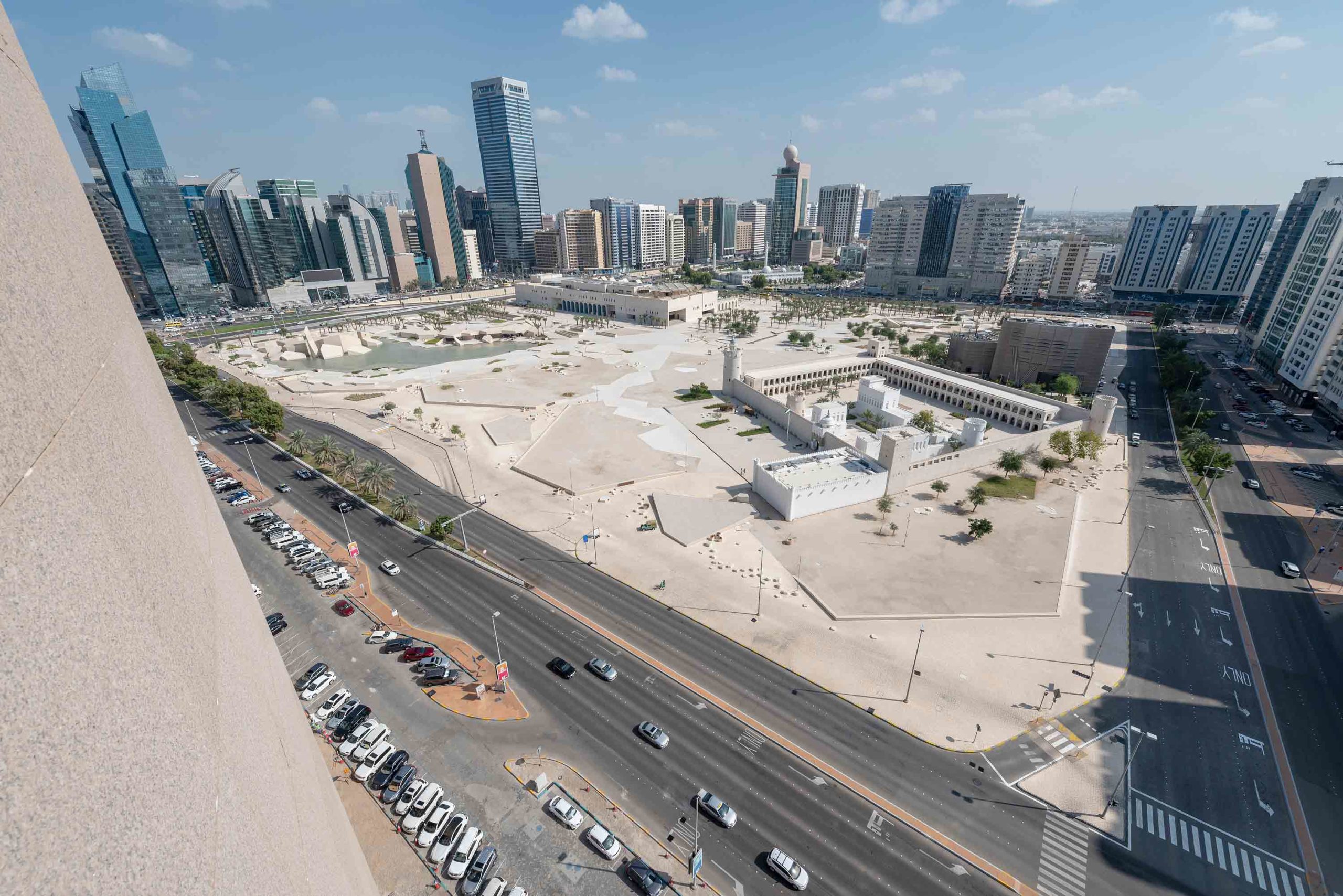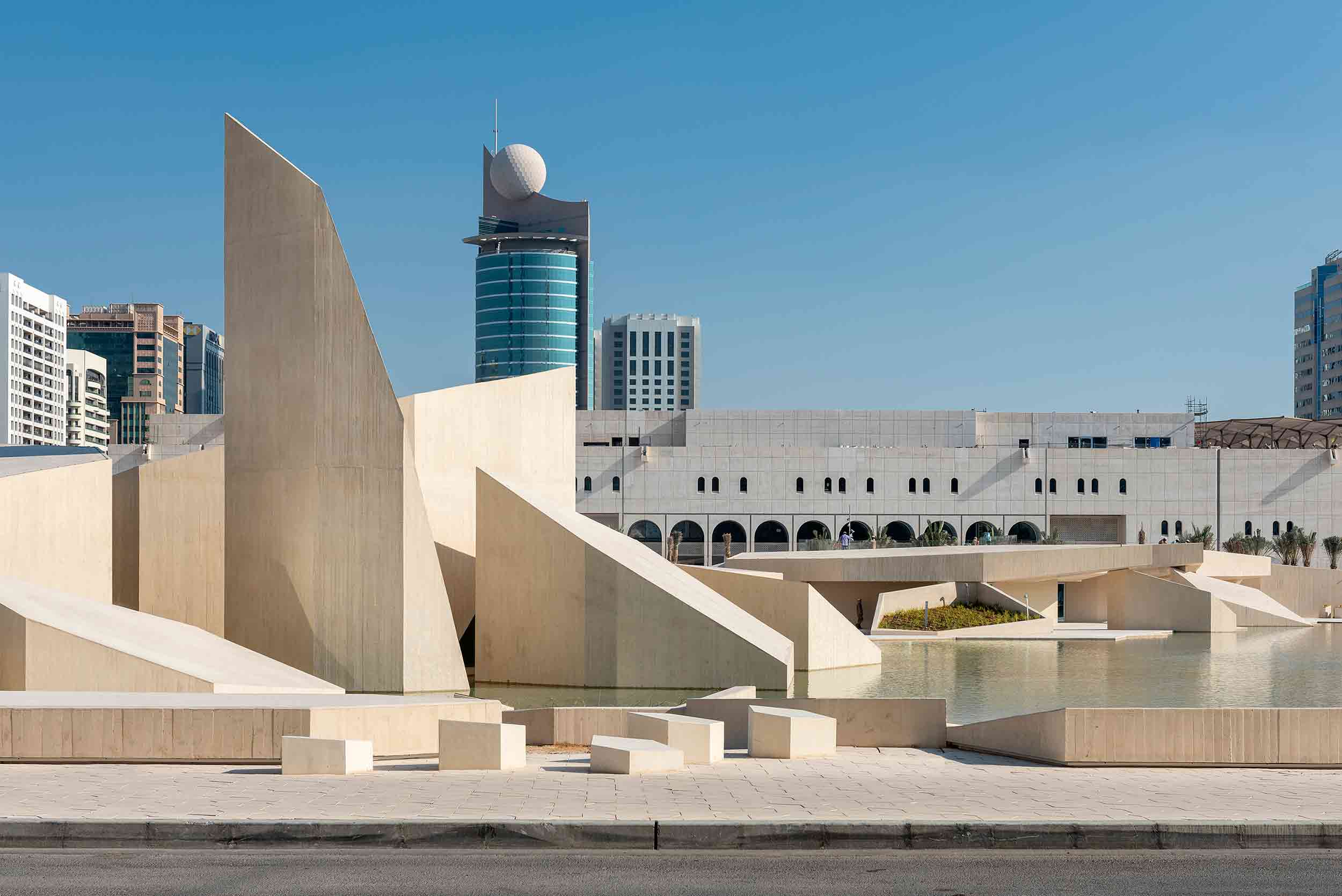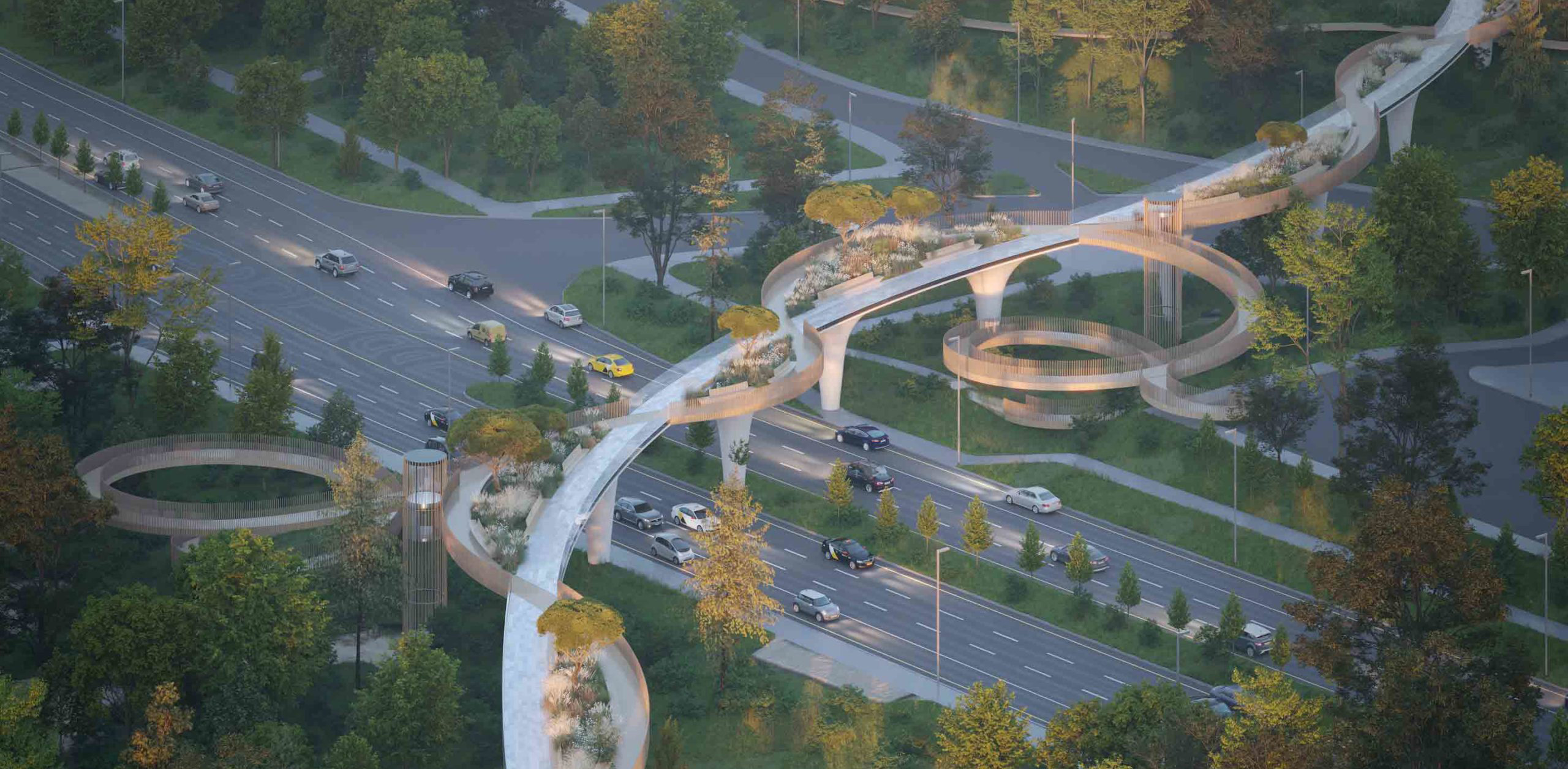The latest edition of “Architizer: The World’s Best Architecture” — a stunning, hardbound book celebrating the most inspiring contemporary architecture from around the globe — is now available. Order your copy today.
The price of taking up space in our global cities can be immense. Land is frequently dissected, demarcated and developed for the private sphere, framed by boundaries that can only be permeated by a select few. Designated public space, that is to say, space that is democratized and accessible to all, is a precious thing in the fabric of the urban landscape.
For the architects of these A+Award-winning projects, public life is at the heart of their vision. From ambitious, sprawling masterplans to ingenious infrastructure schemes and exciting adaptive reuse initiatives, discover how innovative urban planning is helping to reclaim corners of the city for the wider community.
Al Hosn Masterplan and Landscape
By CEBRA, Abu Dhabi, United Arab Emirates
Popular Choice Winner, 10th Annual A+Awards, Urban and Masterplan


Flat expanses of sand-hued concrete frame the fort, evoking the historic desert terrain that predated the busy metropolis. Moving through the park, the landscape shifts and evolves, the irregular, angular volumes blurring the distinction between topography and building. The fractured surfaces and geometric blocks, reminders of the sandbars and salt flats, morph into food and drink establishments, eventually culminating in a vast prayer hall. The visual transitions of the architectural terrain are an embodiment of the city’s origin story — an extraordinary journey through space and time.
Pedestrian green bridge in Almaty
By Atrium Studio, Almaty, Kazakhstan
Jury Winner, 10th Annual A+Awards, Unbuilt Transportation
The structure of the bridge and its defined columns resemble a Kazakh ornament, a sculptural homage to the country’s national identity. The supports have been cleverly incorporated into the design of the elevated garden above, the depths utilized as planters that can accommodate trees and their large root systems. It’s a poignant reminder of the beauty that can grow in the in-between.
West End Square
By James Corner Field Operations, Dallas, Texas
Popular Choice Winner, 10th Annual A+Awards, Public Parks & Green Spaces
A trellis encircles the civic development, a portal of sorts between the street and the interior world of the park. Combining work, play and respite, the framework accommodates an outdoor workroom, game room and innovation arcade. Ingeniously, the structure also houses an electrical interface, which powers motion-sensor lighting and fans — the system has been designed to adapt to the evolving technological needs of the city too. This urban space offers a cutting-edge blueprint for parks of the future. It’s a powerful example of how digital and organic landscapes can be seamlessly interwoven for the betterment of a community.
The St. Pete Pier
By ROGERS PARTNERS Architects+Urban Designers, Saint Petersburg, Florida
Popular Choice Winner, 10th Annual A+Awards, Government & Civic Buildings
The pier responds sensitively to the wider cityscape — new avenues of connection, from public transport to bike paths and jogging trails, affirm the development as an extension of the established urban topography. Environmental challenges are deftly negotiated too. Sited on a coastal stretch that bears the brunt of rising sea levels and storm surges, the design incorporates impressive drainage solutions and flood-resistant features to protect the structure from the increasingly challenging effects of climate change.
Rethinking Melbourne’s Carparks
By Bates Smart, Melbourne, Australia
Popular Choice Winner, 10th Annual A+Awards, Unbuilt Commercial
Their pioneering concept incentivizes owners to sell these private car park sites to developers. The structures are then designated a public benefit and handed back to the city, and in return, developers are permitted to build beyond the city’s authorized plot ratio on another site. A mutually beneficial trade, the vertical spaces can then be repurposed into valuable community infrastructure, including parks and recreational facilities. This innovative proposal seeks to reclaim pockets of the city for the wider public and environmental good.
Little Island
By Heatherwick Studio, Manhattan, New York
Jury Winner, 10th Annual A+Awards, Public Parks & Green Spaces
A contemporary iteration of the classic pier, the park emerges from a set of piles of varying heights topped with deep, earth-filled pots, which merge to establish one cohesive surface. In contrast with New York City’s rigid grid system, the staggered piles create an undulating topography that gives way to rolling hills, curving paths and a natural amphitheater. This spectacular space is an invitation to leave behind the city that never sleeps for a time and beat a welcome retreat into nature.
The latest edition of “Architizer: The World’s Best Architecture” — a stunning, hardbound book celebrating the most inspiring contemporary architecture from around the globe — is now available. Order your copy today.
